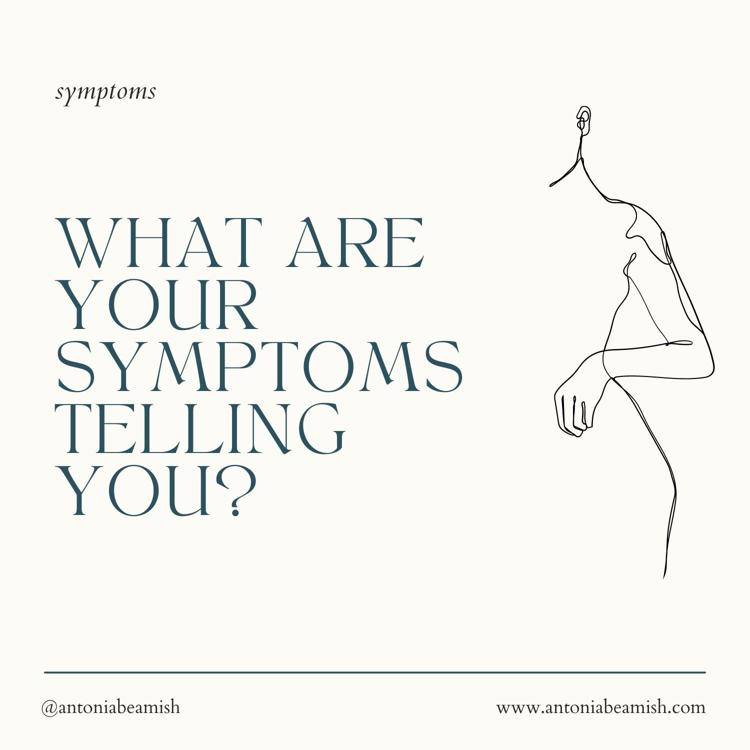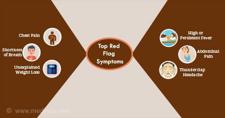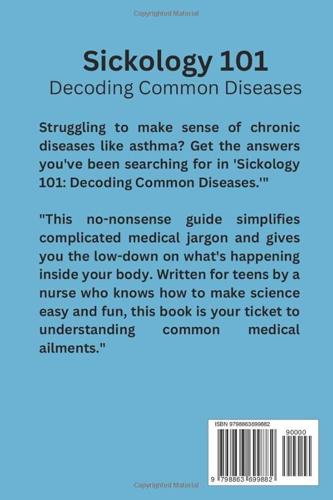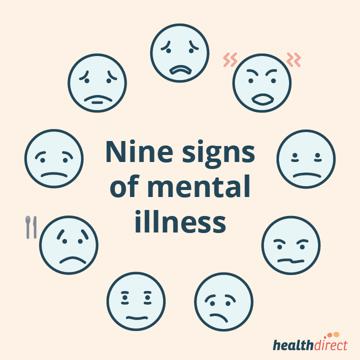Decoding Symptoms: What's Really Ailing You?
Understanding Your Body's Signals: A Comprehensive Guide to Decoding Symptoms

Frequently Asked Questions
Tracking your symptoms provides your healthcare provider with detailed information, which aids in accurate diagnosis and treatment planning. It helps identify patterns and triggers associated with your health issues.
If your symptoms worsen after starting treatment, it is crucial to contact your healthcare provider immediately. They may need to reassess your condition and adjust your treatment plan accordingly.
Step by Step Guide
1
Recognizing Your Symptoms
Begin by paying close attention to your body's signals. Write down all the symptoms you're experiencing, no matter how minor they may seem. This could include pain, fatigue, changes in appetite, mood swings, or anything else out of the ordinary.
2
Research Common Symptoms
Look up your symptoms in reliable medical sources. Websites such as Mayo Clinic, WebMD, and health journals are valuable resources. Be cautious of anecdotal evidence which may not be scientifically proven.
3
Assess Duration and Frequency
Take note of how long you've experienced each symptom and how frequently they occur. This information is crucial when discussing your health with a healthcare professional. Symptoms that are persistent or worsening should not be ignored.
4
Consider Associated Symptoms
Identify if your symptoms are occurring in conjunction with any other health issues. For example, headaches accompanied by nausea may indicate migraines or tension headaches, while fatigue with muscle pain could signal fibromyalgia.
5
Evaluate Lifestyle Factors
Assess your lifestyle habits, including diet, exercise, sleep patterns, and stress levels. Poor lifestyle choices can exacerbate symptoms or lead to additional health issues. Keeping a food diary or a mood journal can help in this assessment.
6
Consult a Healthcare Professional
Schedule an appointment with a doctor to discuss your findings. Bring the list of symptoms, duration, and any associated factors. The more information you provide, the better they can assist you in making a diagnosis.
7
Understand Diagnostic Tests
Ask your doctor about any necessary tests that may be needed to confirm symptoms. This can include blood tests, imaging scans, and other diagnostic procedures. Understand their purpose and what they will reveal about your health.
8
Explore Treatment Options
Once diagnosed, discuss the treatment options available for your condition. These may range from lifestyle changes, medication, physical therapy, or even surgery. Ask your doctor to explain the benefits and risks of each option.
9
Track Your Progress
After starting treatment, keep track of your symptoms and any changes in your health. Note improvements as well as any adverse effects from medications. Regular follow-ups with your healthcare provider can help monitor your progress.
10
Adjust Lifestyle as Needed
Based on your diagnosis and treatment plan, make necessary adjustments to your daily lifestyle. This might include adopting a healthier diet, incorporating regular exercise, managing stress, and ensuring adequate sleep.
11
Seek Support
Join support groups or connect with others who may have similar experiences. Sharing your symptoms and treatment journey can be helpful both emotionally and practically.
12
Stay Informed
Keep yourself updated on new research and information related to your symptoms or health condition. Join reputable online forums or read newsletters from healthcare organizations to stay informed.








